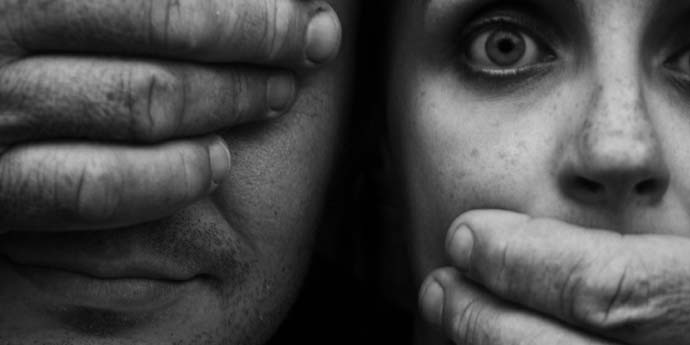Aman Vihar gang rape is no longer shocking. There lies the shame

Section 376(2)(g) in the Indian Penal Code is the sub-sub-legislation dealing with gang rape. The subsection is quite perfunctory, stating that the "rigorous imprisonment for a term which shall not be less than ten years but which may be for life" is the punishment for the crime. But it's perfectly silent on the nature of the crime, and its wolf pack code.
In Delhi's Aman Vihar, two girls aged 17 and 18 were gang raped by a bunch of young men, some possibly juveniles among them, on Wednesday. The girls were enjoying a quiet, private moment with their respective boyfriends under the shade of a tree at the NDPL Ground near the Mundka metro station, according to reports. Then five youths arrived, beat up the boyfriends, and took turns to rape the girls.
There was the "be quiet, don't resist, or you'll be killed" threat to boot.
The tropes of the rape story are now morphing into the leitmotifs for the gang rape story, because rapes are increasingly occurring the way late night brawls occur, enacted by a herd of men, together, against their chosen target.
Let's list out a few recent instances.
In Mewat, a Muslim couple was brutally murdered and two women from the same family gang raped in August this year by a bunch of gau rakshaks over suspected beef consumption. In Murthal, Haryana, several women were dragged out of cars and raped on the highway on the night of February 22 during the notorious Jat agitation over quotas.
In Bashirhat, West Bengal, a 40-year-old female brick kiln labourer was gang raped by three men, who also threatened to kill her if she opened her mouth.
In Muzaffarnagar, Shamli and other neighbouring districts of western Uttar Pradesh, in September 2013, Muslim women were assaulted, gang raped and on several occasions, murdered, during the communal riots that were the crème atop a highly polarised campaign leading up to the 2014 Lok Sabha elections.
In Mumbai's Shakti Mills, a female photojournalist was gang raped by a group of men on August 22, 2013.
In Kamduni, near Barashat, about 20km from Kolkata, a 20-year-old college student was abducted, gang raped and murdered by nine men. After the rape, the perpetrators tore apart her body, slit her throat and dumped the corpse in a field.
In Kolkata's posh Park Street, Suzette Jordan was gang raped in a moving car by four men in February 2012. Chief minister Mamata Banerjee famously described the media campaign for justice that followed as a "controversy" to besmirch her government.
In Delhi's Munirka, on December 16, 2012, a 23-year-old paramedical student was gang raped in a moving bus and her innards were hollowed out by glass shards and iron rods that were inserted into her vagina. Jyoti Singh, or Nirbhaya, as she came to be known as, fought for her life at Delhi's AIIMS while civil rights activists, students and the media launched a pan-India protest that led to a bolstered Criminal law Procedure Code, after the Jutsice Verma Committee recommendations.
 |
| Gang rapes are becoming increasingly normalised in India. [Photo: Facebook] |
Perhaps, it would be sensible to add the prefix "allegedly" in most of these cases, except in the instances where the judicial trial is over and the guilty verdict pronounced.
And let's not forget the custodial gang rapes of suspected Maoists in the tribal heartlands of India, or of women in our northeastern states such as Manipur and Assam, or of girls in the conflict zone that is Kashmir.
The gang rape, a distillation of the sexual derangement brought about by patriarchy's putrid norms, is gendered violence at its most corrosive.
And, no it's not a crime specifically committed by the poor, ethnic minorities or the culturally backward by any stretch of imagination, if we take into account the lifestyle gang rapes by elite club members in opulent colleges in the West and the East.
Voyeuristic coverage of gang rape in media, or circulation of gang rape videos and MMSs online indicate that women are as vulnerable as ever in contemporary India.
2014 statistics tell us that 92 women are raped daily in India, with four in Delhi. Gang rapists tend to be serial offenders, younger and tend to move in groups.
They are also the perfect products of the rape culture that normalises and sanitises rape, including gang rape. Like Section 376(2)(g) of the IPC, gang rape has a cursory presence in India's collective imagination, brushed off as a by-product of genocidal ethnic clashes, communal vendetta, domestic abuse or campus politics.
But the serial horrors that dot our recent collective memory are on many occasions gang rapes, often followed by murder of the victim/s.
We need to talk about India's gang rape epidemic.

